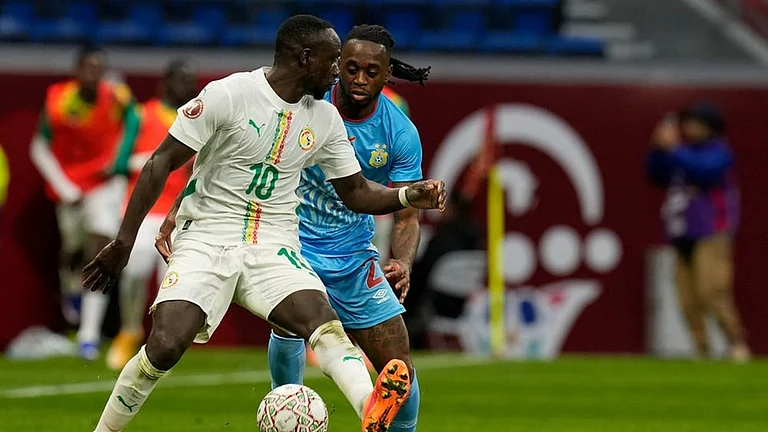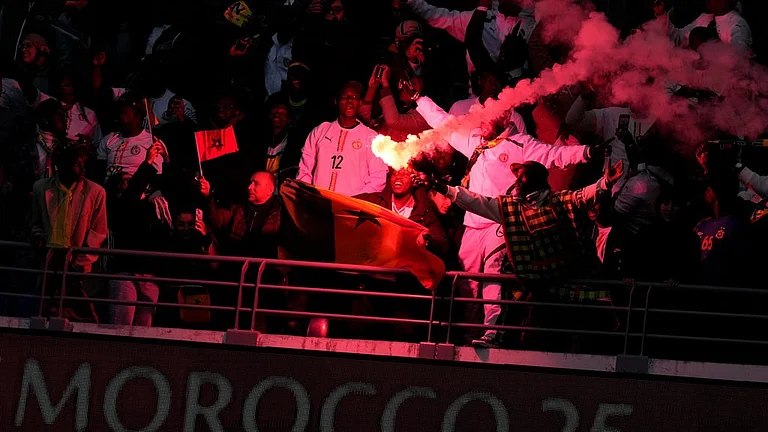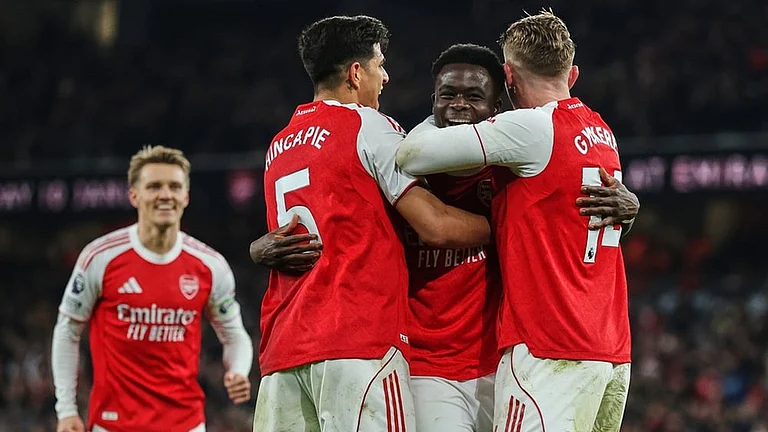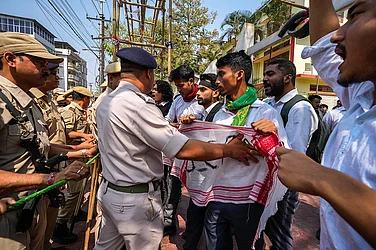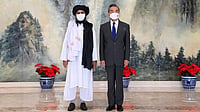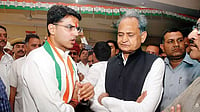Senior Congress members have abandoned the party in droves over the past two years, and in their scathing resignation letters, most of them have cited Rahul Gandhi’s leadership style as the main reason for their disillusionment. On August 26, in his five-page resignation letter, Ghulam Nabi Azad alleged that the party organisation is in a shambles, chiefly because a “new coterie of inexperienced sycophants had started running the affairs” of the party at 24, Akbar Road.
Congress has been making headlines for all the wrong reasons for several years now, as scores of its leaders have either resigned citing disgruntlement, or simply defected to their arch-rival Bharatiya Janata Party (BJP). Although the spate of resignations is a recent phenomenon, the party had started losing its electoral sheen since the 2014 Lok Sabha elections. From leading governments in nine states during the 2014 polls, their fortunes have plummeted to just two—Chhattisgarh and Rajasthan. Political observers feel the Grand Old Party is now being compelled to create and invest in a second-rung leadership. However, there’s staunch consensus within the party, especially among young cadres, that the Gandhi family remains the panacea to their recent problems and must remain at the helm of important and visible affairs.
The main reason for the party’s downfall is the presence of inefficient leaders at key positions, say the young functionaries Outlook had reached out to. A Delhi-based functionary pointed out that for much of its existence, Congress’s politics has been oriented towards governance. He said several politicians from the party were chosen and groomed during Indira Gandhi’s time, and they grew into trained and efficient ministers, serving key positions in successive Congress regimes. The problem is that these senior-most leaders have exposure to a minister’s office, but not the field. Since the party has been kept out of power by the Modi wave, these leaders are trapped in a quagmire that demands a different skillset altogether.
Rather than running the government, the 137-year-old party’s focus has, over time, shifted towards running the party. “The party realises it needs to engage in a lot of activism, and connect to people on the ground, en masse, and all the members of the Congress ought to deliver on these lines,” the young functionary tells Outlook. “But some leaders, especially those of the older generations, only want to sit in their cosy cabins,” he adds. They could be good ministers, he says, but are not efficient leaders and are now lying dormant. Other functionaries similarly believe that many older leaders, clueless about what to do, have realised that they are a misfit for the present-day Congress and want to exit. “They just want to find an escape from the party and make sure while leaving, they sling mud on individuals like Rahul Gandhi,” says a senior party worker who has been with the Congress for over a decade. He adds that the older lot is not used to running party machinery or garnering electoral mileage.

All India Congress Committee secretary Christopher Tilak reveals that he found Azad’s resignation letter ironic because “Azad was not a peoples’ leader”, and that he left the party because he was not given a Rajya Sabha ticket. Amid the escalating dissent from the senior players—most of whom are part of the infamous G-23—keeping the party together in one piece is becoming a time-sensitive exigency.
Sonia Gandhi, who has served as party president for over two decades, continues to do so in an interim role. Analysts believe she used to be surrounded and managed by leaders who were politically grounded and well-versed in realpolitik. “Rahul Gandhi has ironically replicated the very high command model of his mother and grandmother, with the difference that his team is politically inept and rudderless,” wrote Heidelberg University professor Rahul Mukherji in a leading Indian daily recently. He adds that Rahul Gandhi is surrounded by top leaders who do not possess the political acumen of Digvijay Singh or Ashok Gehlot. “None of these and other advisers have honed the art of winning elections,” he adds.
A Congress member close to Rahul Gandhi tells Outlook, “We will see more seniors crying and leaving the party. The revamping of the party is happening with a lot of push and pull, and most of the people who are in their 60s or 70s are disgruntled because they find themselves as misfits in the new setup, and hence they are all but exhibiting their dissatisfaction with Rahul Gandhi. Politicians like Kapil Sibal, Azad (who have recently resigned) or even P. Chidambaram or Anand Sharma, are not battle-hardened to mobilise people or win elections.” He adds, “Without power or a ministry portfolio, these people are just lawyers and book authors, not leaders.”
A leadership overhaul is as indispensable for the Grand Old Party as is the need for a Gandhi face at the helm of affairs. Tilak, who has been working closely with Rahul Gandhi since 2018, says, “A universal feeling that we get from across the country within our party is that someone from the Gandhi family must be in the picture. That is a general view of most of the workers and the office bearers. For instance, how can we expect to win elections in south India, the states that used to be the bastion of Congress, without a Gandhi face?” The sentiment in the south, he says, is of deep attachment to the Gandhis. “To keep the Congress together and to keep the sentimental attachment of every worker alive, the Gandhis are needed,” says Tilak.
A political observer who works at Delhi-based thinktank Samruddha Bharat Foundation, says the Gandhis have a bigger role to play than just being the face of the party. Congress, he says, is right now aiming at rejuvenating its ideological radar, an anchor that will not only re-root the party on the ground but also distinguish it from the BJP and the RSS. “Congress won’t aim to tackle BJP by employing right-wing politics. They are now trying to offer something fresh, and a narrative strong enough to counter the government in power,” he says, adding, “Rahul Gandhi is keen on steering his party on these lines, and since he’s a popular face in the country, nobody from Congress can do it better.”
To rejuvenate its cadre and appeal, Congress has planned a marathon campaign, aka Bharat Jodo Yatra, led by Rahul Gandhi, who will march across India to alert people about growing economic inequality, social polarisation and political division. With the electoral relevance of its communal-cum-secular projection having faded, the Bharat Jodo Yatra could be the first purposeful attempt by an Opposition party since 2014 to develop a counter-narrative. “Congress is at the cusp of its history,” a young leader sums it for Outlook.
(This appeared in the print edition as "At the Cusp of its History")








